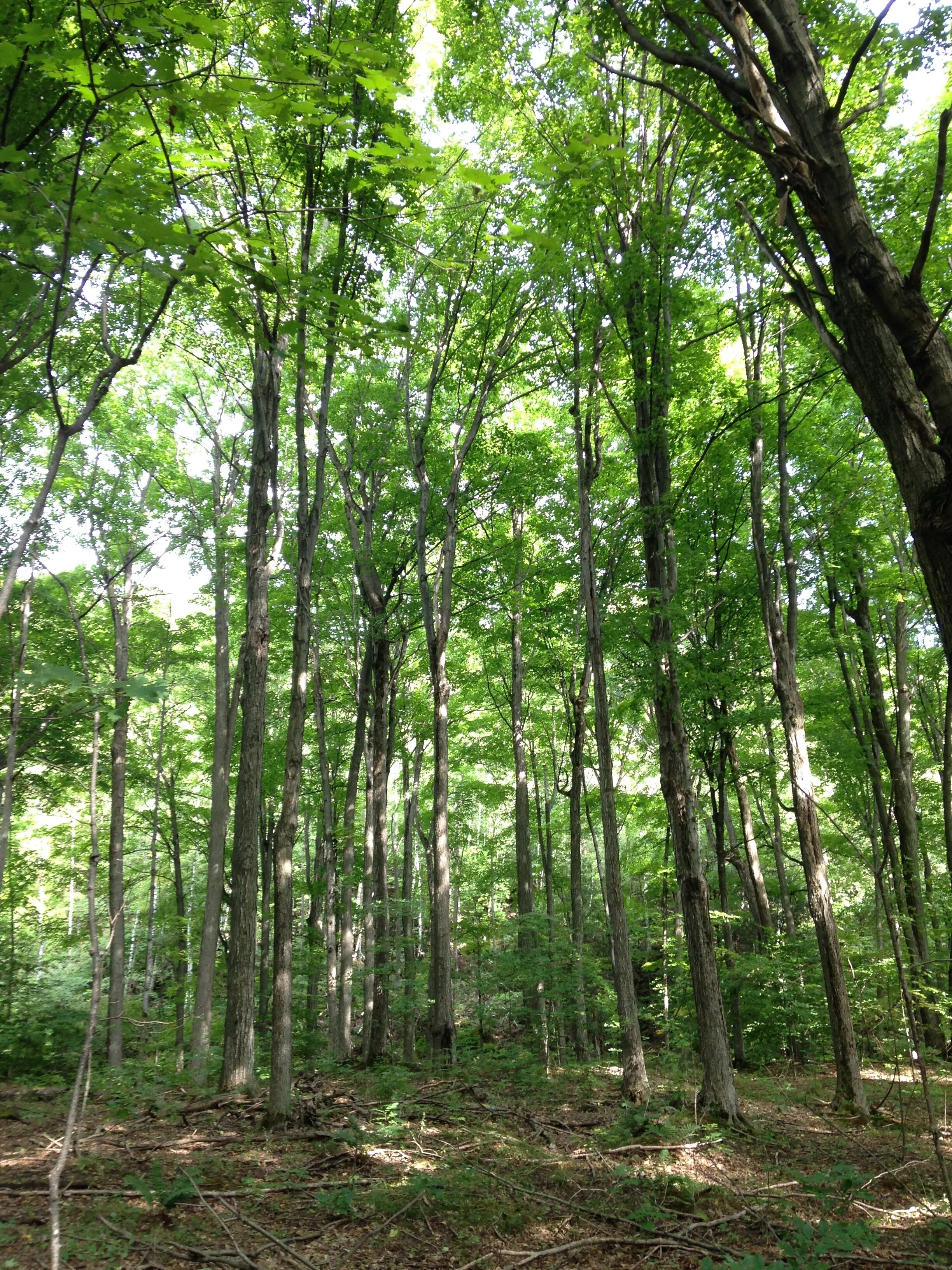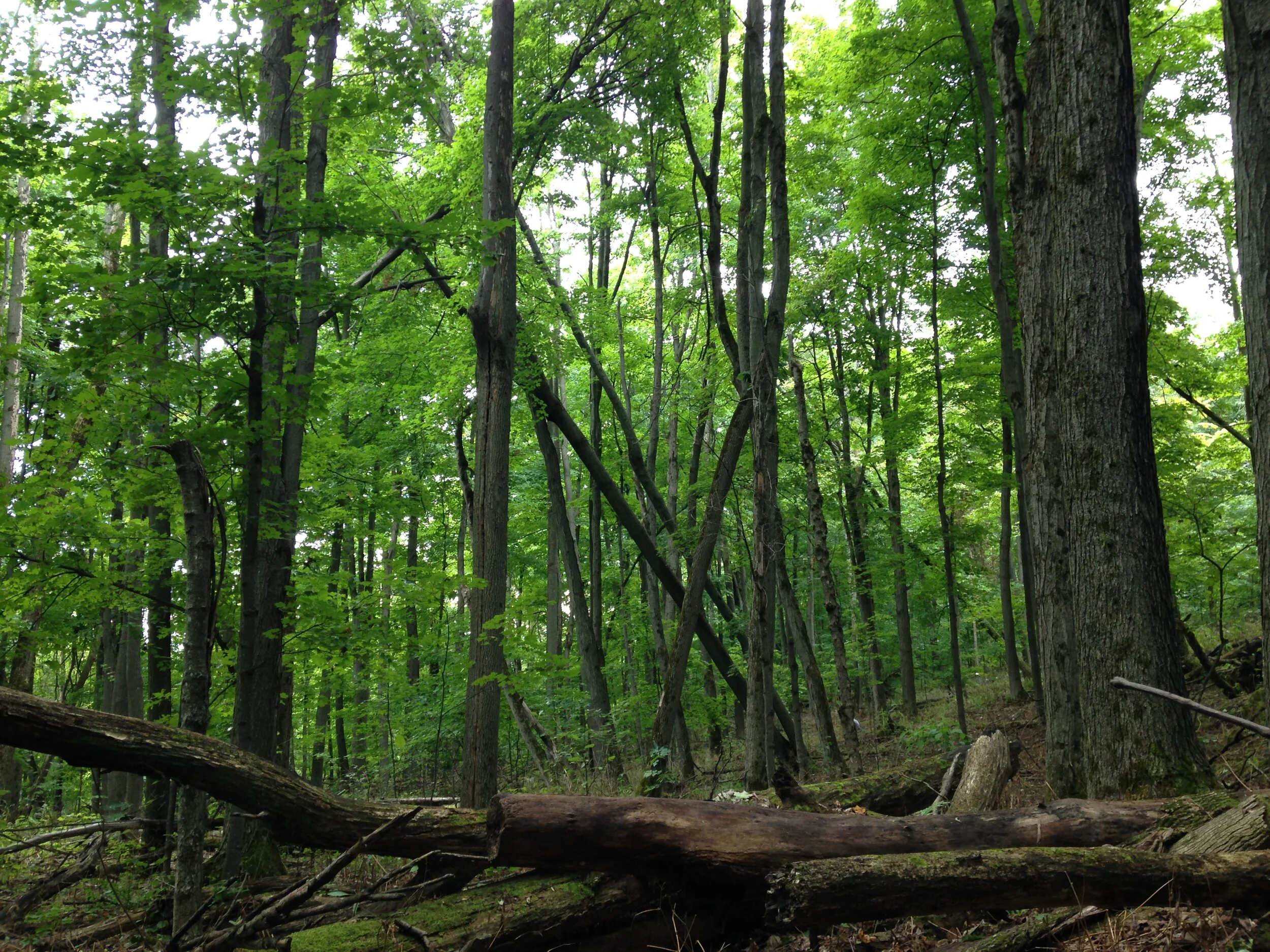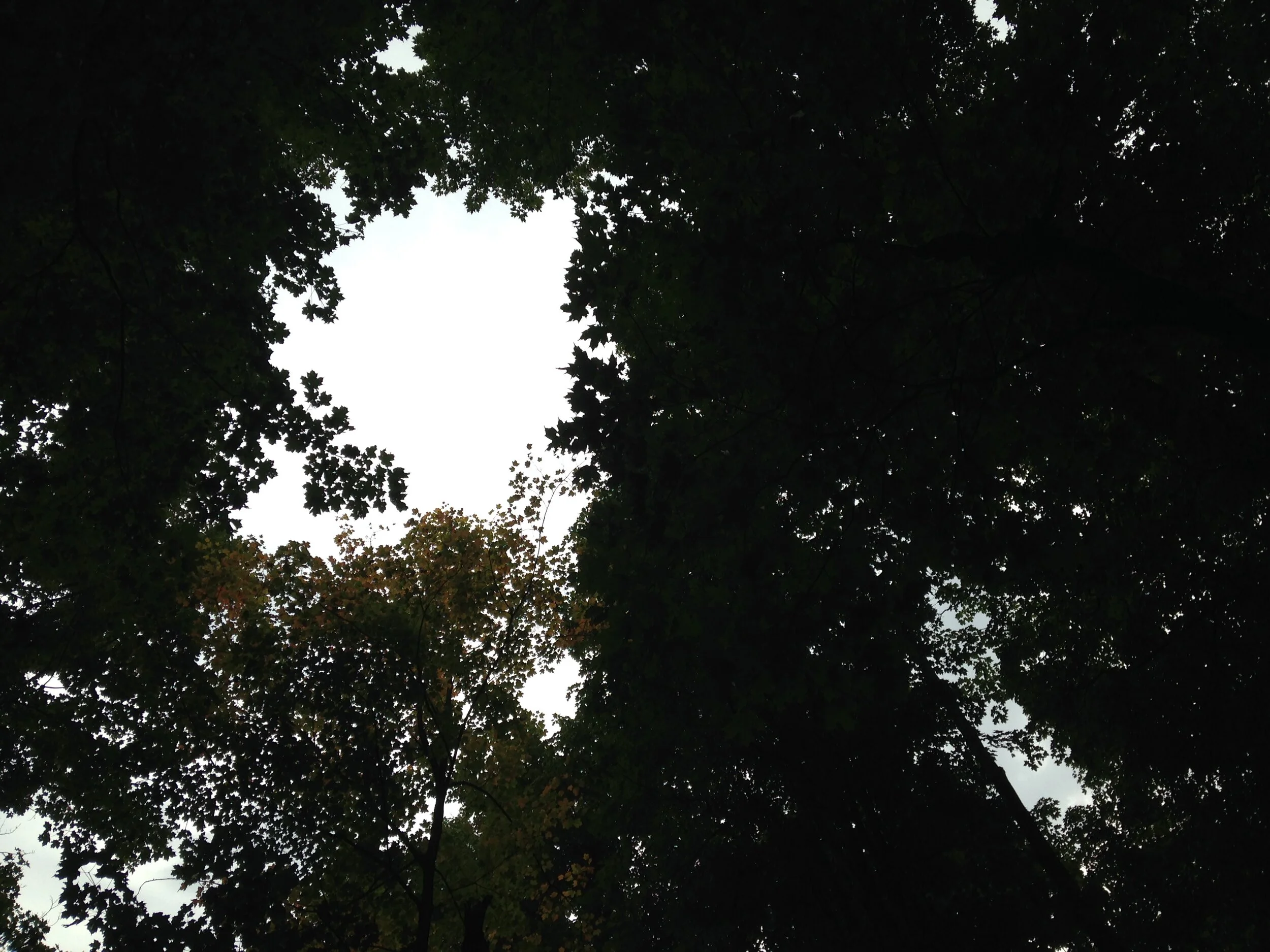Sit Spot, Fox Walk and Owl Eyes
I have been considering awareness a lot lately. I have been wondering at how we can become more aware of in our relationship to the wilder places in the world, in relation to other humans we interact with, and in relation to our understandings of ourselves. This thinking has branched off into how to use my awareness to help me move with more stealth when needed (sneaking games, creeping up on animals I want to see closer, etc), and to understand baselines in different environments I inhabit a little better. Awareness, maybe in the context I am thinking of, is a little more complicated than “the state of being aware”. Let’s break it down before we build it up a little.
Aware comes from late Old English gewær which means “to be watchful”, or “to be vigilant”. Gewær comes from the Germanic base of ware. This is the same root as “beware”. I think I am looking for a deeper context, one that embraces a sort of multi sense synergy where the use of many faculties comes together to create a deeper perception than usual. The Merriam-Webster dictionary defines Aware as “having or showing realization, perception, or knowledge”. This is good, but what if instead of or we use the word and, which would turn the definition into “having and showing realization, perception, and knowledge” which adds layers instead of options. Let’s start with this.
So awareness in the context of wildlife tracking can be a network of skills, knowledges, feelings and experiences used to help one better understand the baseline of the wilder world.
A couple of definitions of baseline :
“Baseline is the environmental condition collaboratively created by all the animals and birds—all their creeping, crawling, hopping, grazing, prowling, and flying; all their barking, howling, chattering, grunting, whinnying, and singing. It is the intricately woven tapestry of the preferred status quo, and every creature adds its particular contribution to this “baseline symphony…” - Jon Young, from What the Robin Knows
“Baseline is the normal ebb and flow of the patterns and rhythms in any given area at any given time. It is a combination of the levels of sound, movement, color and scent in that general vicinity.” - Eddie Starnater, Principles of Natural Camouflage
To understand the baseline, say in our homes, we have to practice being aware. Aware of the tap dripping in the kitchen, the cat mewing waiting to be fed, the placement of the lamp in the living room. To be aware, we need to know how to understand baseline, to know these sights and sounds so intimately, that if the tap were to stop dripping, the lamp moved an centimeter or two, the cat gone quiet at the usual feeding time, than you would notice the variation from the norm. You would know the disruption of the baseline of your home.
The two concepts feed into each other, each informing and shaping the other. As we practice awareness we learn more about awareness and baseline. It might sound confusing but really there are some simple ways we can build awareness in our homes, on the street, or down in the woods, which can then put us in the right headspace to pick up on baseline and become aware of the phenomena that disrupt that baseline.
Three tools I appreciate and am coming to know are sit spot, Owl Eyes, and Fox Walking. Only occasionally do we talk about sit spot at the tracking apprenticeship but on a scale of usefulness, I would put it at the top. The practice - and it takes practice - of getting out to a place near your home on the regular and just sitting there watching, listening, smelling, feeling, tasting, experiencing that place, repeatedly over different times of day and seasons really helps to build relationship with the place. Say you walk up to the side of a river and sit on the bank. Our sudden appearance can startle some birds, scare off a Squirrel or two and generally disrupt the daily affairs of some animals, not in a life or death way for them but like the way a unplanned road closure might affect your drive to work. But if we hold our spot and can sit long enough, for maybe 30 minutes or so, we can begin to see the world around us along the rivers edge slowly get back to baseline. The birds tend to go about their business after a while, the Squirrels will make their ways around you, and often if the birds are getting over your being there, then the rest of the world either won’t know you are there or they’ll just ignore you if you aren’t acting in a threatening way. By engaging in this sit spot practice we can start to get to know the life there, the plants, fungi and animals. The rocks, rivers and sky. We can watch new seedlings sprout and watch the past years leaves decay. In time, with commitment to the sit spot practice, the animals will know you, your habits, and scent and your presence can become part of the baseline at the rivers edge.
Another practice is Owl Eyes, which can also come in handy at the sit spot. Owl Eyes is practicing our wide angled peripheral vision. This is a great tool for noticing small 0r large movements in the periphery of our vision, so we can notice something like a Chipmunk running across a path beside us without having to make sudden big movements by turning to look, which might disrupt the baseline of the area we are in.
Practicing Owl Eyes can be tricky in our focused tunnel vision world, but it helps break into wider perspectives which we often lack. How do we do Owl Eyes?
Start by looking directly in front of you and find an anchor point, something that doesn't move that you can directly look at. Maybe it’s the top of a stump across the river from you at your sit spot, maybe it’s a stone along the bank. You just want to pick something that is eye-level with your gaze. Now focus your eyes on your anchor point. Once you’ve got that point locked in, you can stretch your arms out in front of you, and while continuing to focus your vision on your anchor point, start wiggling your fingers way out in front of you. Keep your gaze on your anchor while still wiggling your fingers. Slowly begin to move your arms apart from each other but continue to wiggle your fingers. Keep slowly moving your hands apart stretching them wide but all the while keeping your eyes focused on your anchor. Keep spreading you arms out wide towards the sides of your body until you just notice the wiggling fingers in your wide angle vision, all the while continuing to maintain the anchor point in your gaze. You’ll likely lose focus on the details of the stump or the stone along the bank, but you are beginning to engage that wide peripheral vision which tends to perceive more movement. You can begin to take in 180 degrees of movement, birds flitting around, the flick of a Deer tail, or maybe even quick scurry of a Shrew. As you see movements you can zoom back in to your focused view, and slip right back to Owl Eyes as desired. Try turning your head slowly from side to side, keeping your vision wide as you do so, and take in the breadth of the world.
Fox Walking is another beautiful skill to work on to help us both in our awareness of the wilder world around us, but also in touch with the land itself. It’s all about learning to go quietly, and being quiet tends to include a lot of patient listening to other forms of life, and really listening and paying quality attention to others is awareness, and awareness is what helps to build the profound relationships most of us want.
The Fox Walk starts with posture. It is recommended that we begin by holding your body upright, as if a string was coming out of the top of your head and pulled taught. You aren’t leaning forward, but instead head and shoulders held as level as you can throughout the entirety of the movement (no bobbing up and down which would attract more attention to you from wildlife). Next, bend slightly at the knees while still maintaining your upright posture. Bending the knees slightly brings our center of gravity a little lower to the ground and can, with practice, increase stability and balance while walking across uneven terrain. While putting all of your weight on one foot, lift the other slightly off the ground and moving the foot just a little ways ahead of you, being sure not to put your foot out too far. Remember, this is a slower walk, and we don’t need to take big steps. Try taking 3 seconds to take each step. Maybe that can even be a time to work up to. Go slow at first and see where you can speed up later.
If you are wearing conventional shoes, slowly bring your heel down first and roll forward toward the toes. Or if you like to move through the woods barefoot or in soft soled footwear like minimalist toe shoes land the outer edge of the foot first, rolling the rest of the foot, outer edge towards the arch, down. While bringing the now front foot down to the ground keep your weight on the back foot. Use your front foot to feel out sticks or debris which may snap or crunch if you commit the step, and if you suspect you will make some noise, feel out a different spot to bring your foot down, minimizing the disruption of baseline as much as possible. While Fox Walking, be sure to take short, easy strides, feeling the ground with each step. Place your feet in front of the other in a straight line as possible with out crunching any debris.
Often when humans are moving through the woods we are lumbering giants, making a ton of noise and pushing every one else in the forest away with our heavy footfall and intense gaits especially when hiking. If done well Fox Walking minimizes disturbance by slowing us down, reducing out noise, narrows our trail, strengthens our thighs, improves balance and can help us impinge less on the forest and all the inhabitants. As you practice Fox Walking get into Owl Eyes and try and let your feet see the ground, feeling for debris, while your wide angle vision perceives everything else going on in the visual plane. Practice Fox Walking to your sit spot to minimize your disturbance as you come in, hopefully allowing baseline to slip back quicker or to not disrupt it at all.





